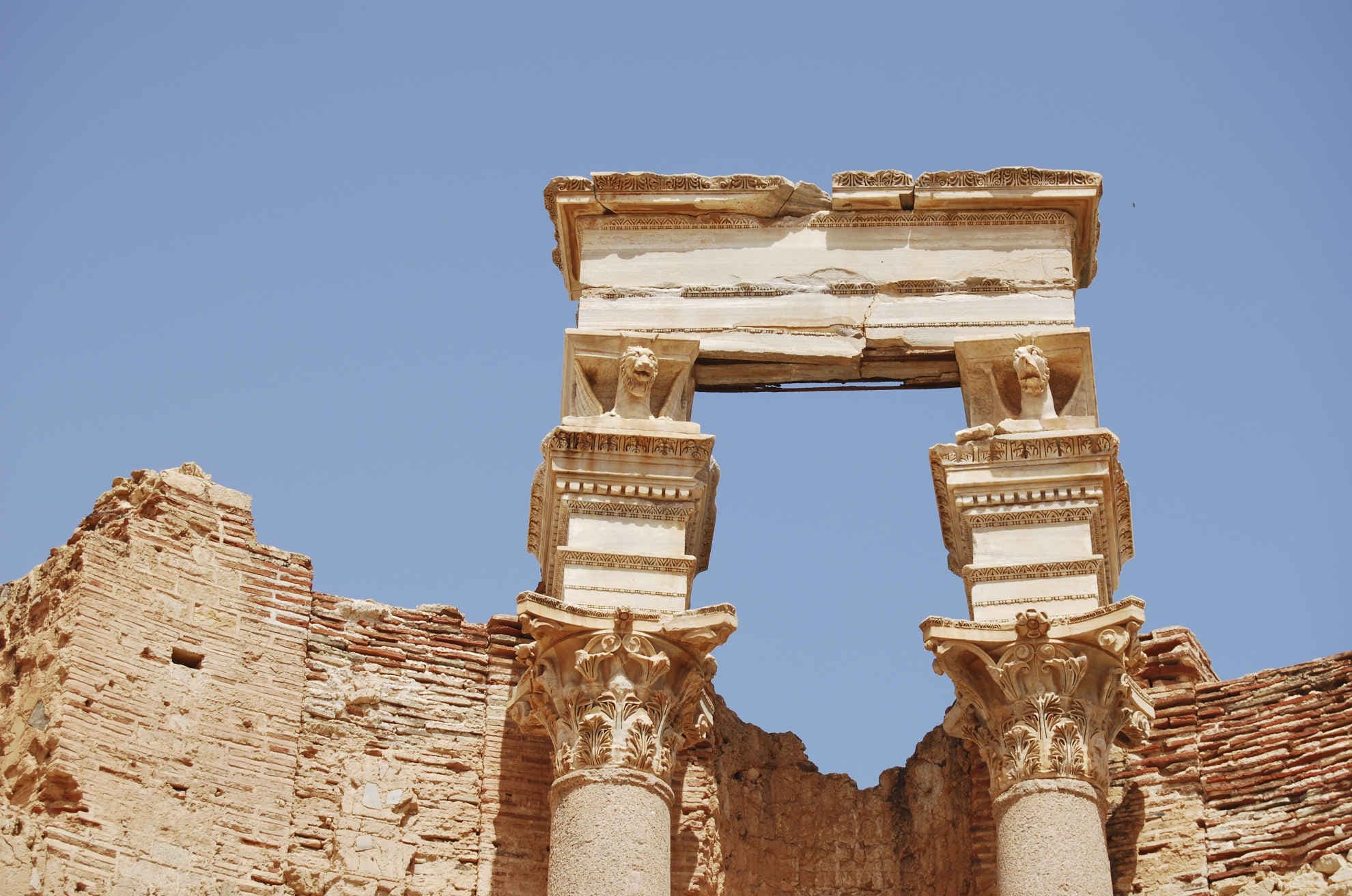You can join the session via the following link:
Tomorrow (January 19th, 2024 (Friday)), Lorena will give a paper entitled: "Religious polysemy and solar worship in the Roman Empire”, at the virtual series "Classics for Breakfast" at 9 a.m. (s.t.).
Abstract: The Sun was revered in Rome since Republican times. Two temples to Sol are known from that period, one on the Quirinal, dedicated to Sol Indiges according to fasti, and the other in the Circus Maximus, widely known from late mentions and imperial coinage. Although the exact date of their construction is unknown, the worship of Sol was closely linked to the Roman past in the late Republic, when Sol and Luna were already identified with the Greek Helios and Luna. Towards the end of the first century BCE, references to Sol also proliferate in authors such as Varro, Dionysius of Halicarnassus, Diodorus, Horace and Virgil's Aeneid, in which Sol oversees the pact between Aeneas and the Latins, ensuring him a place in the Latin memory anchored in the monarchy, and in metaphorical and astrological references. Because of this privileged position and his province over the popular chariot races, which increasingly associated him with victory, the god became an excellent element for imperial promotion at various moments in Roman history. At the same time, the same values and his position as a universal reference allowed the Sun to play a key role in philosophical metaphysics and interreligious dialogue in the Mediterranean area. Such a combination of factors gave rise to a versatile solar figure that encompassed different symbolic and religious meanings that were used in different overlapping spheres: military, local, imperial cult, migrant, poetic or philosophical. In this presentation we will try to shed light on some of these aspects and offer an example of a regional comparison that illustrates the popularity and flexibility of solar adoration during the 2nd and 3rd centuries AD.
